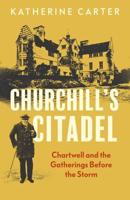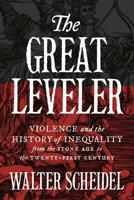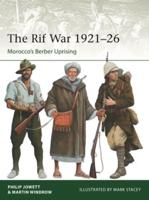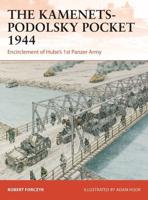Publisher's Synopsis
This work examines the forms of language that map out Italy and the warm south as an imaginative topography of pleasure within British and French travel writing, over the period 1600 to 1830. The book considers the Tour with reference not to the social history of travel but rather to strategies of description and commentary, narrative and thematic orderings and arguments and assumptions about how the encounter with the foreign should be managed. Traveller's descriptions of art and landscape are set within this wider context and the range of different concepts of gender are discussed - in particular of effeminacy and manliness - that are formed within commentaries on Italian landscape and culture. The book concludes by charting two conflicting approaches to the foreign which were first formulated around the 1790s and still determine attitudes to travel today. While the Romantic approach defines travelling as a personal adventure which involves crossing boundaries and encountering dangers, the approach of the tourist aims to keep danger and destabilization at bay.










